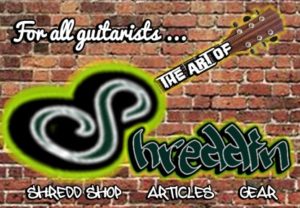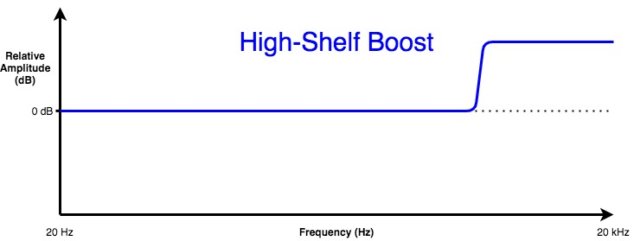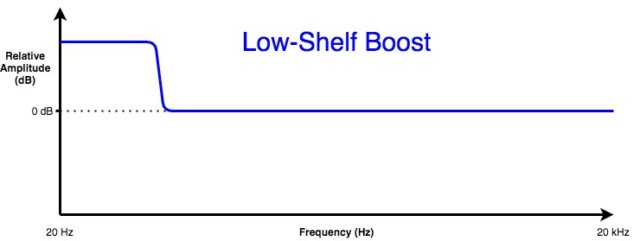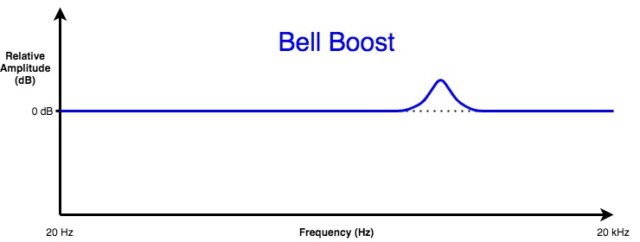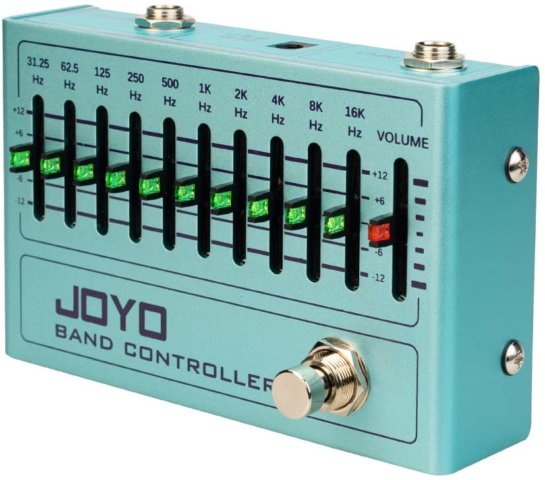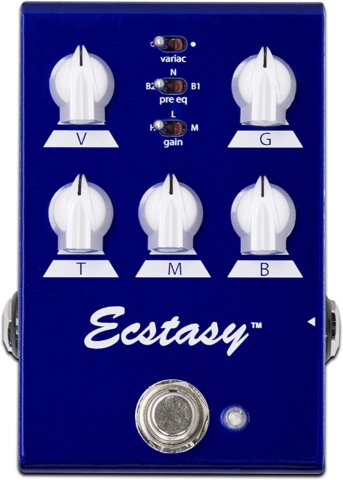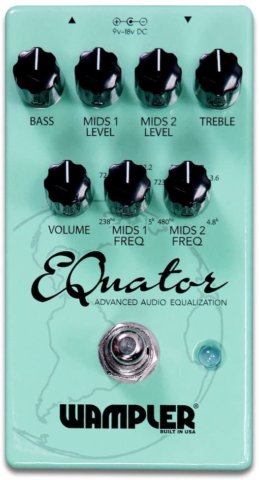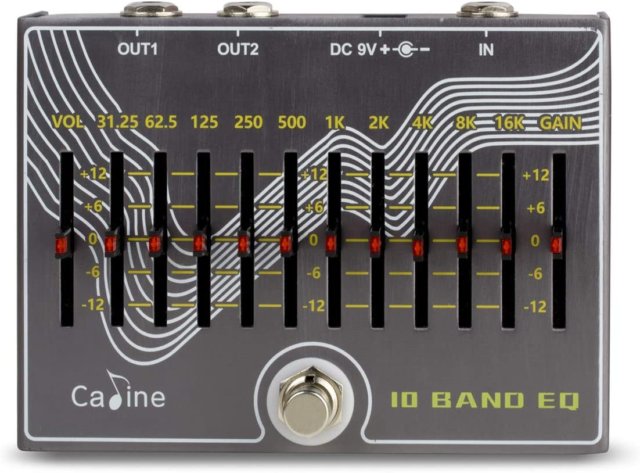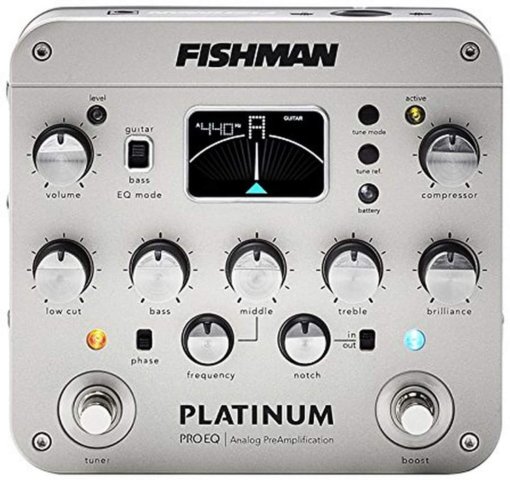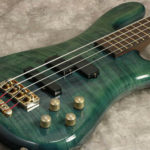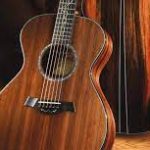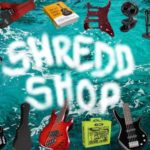EQ PEDALS
This site contains affiliate links, which we receive a commission from any sale or purchase, and are of no cost to you. As a participant in the Amazon Services LLC Associates Program, affiliate links will redirect you to Amazon.com and its affiliate sites. Please read our DISCLAIMER for more information
EQ pedals adjust the relative amplitudes of the frequencies within a guitar or bass signal. An EQ pedal, when set correctly, helps to balance the sound of the guitar/bass by boosting and/or cutting certain frequency ranges (bands), improving the signal’s sound/character within a mix and by itself.
